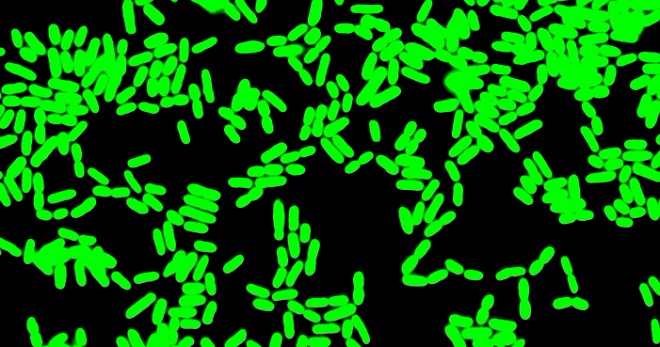The sign is up. The barrels are stacked. The beer is fermenting. When can we expect some beer? For better or worse, barrel-aged beer, and specifically barrel-aged sour beer, is an exercise in patience. While many of you reading this blog have probably tried some of our house sours, like Treaty Farmhouse and Island Farmhouse, the process for making those beers is a bit different from the process we will use the 42 Below beers. So, to start this adventure off right, we’re going to talk through the different types of sour beer you’ll find on the market, and hopefully shed some light on why the 42 Below project is so special.
Over the next three blog posts we will be describing three different sour beer production methods to help shed some light on the complex world of
Kettle Sours
A lot of the sour beers you see on draft at local bars and breweries, and many the beers you see on the shelves of the bottle shops, are classified as kettle sours. This category includes several historic styles that have gained traction in the US over the past 5-10 years, including Berliner Weiss and Gose, and newer styles like many of the hoppy and fruited sours you’ll see on the market.
Brewers have embraced the kettle sour style for a number of reasons. For one, it allows them to offer a sour beer to their customers with little risk to their brewhouse. The acidity found in these beers is produced by lactobacillus (pictured above), a bacteria that most brewers would not want anywhere near their fermenters. With a cell size 4 times smaller than typical brewer’s yeast, it can hide in the nooks and crannies of equipment and settle into soft parts like hoses and rubber gaskets. It can also spread quickly, allowing a small population to impact the flavor of a beer. The kettle souring process mitigates the risk of a lactobacillus infection, by keeping the bacteria out of fermenters. These beers are soured in the brew kettle and then boiled to kill off the bacteria. This means that all wort (unfermented beer) that is pumped over to the fermenters is sanitized of spoilage organisms, like any clean fermented ale or lager.
The other reason brewers like the kettle souring process is that it’s relatively quick. A typical clean beer takes 2-4 weeks to make its way from grain to glass, and kettle sours are no different. The acidification process takes between 18-36 hours, and is followed by a standard fermentation with brewer’s yeast. This means that a brewery can add sours to their lineup without tying up their fermenters for an extended period of time.
Unfortunately, as your friendly beer nerd will tell you, this process can also lead to a product that is somewhat one dimensional. Kettle sours are often criticized for featuring a clean sourness at the expense of other flavors. Now, not all beers need to be hugely complex and challenging beverages; sometimes a crisp, clean kettle-sour hits the spot, in the same way a cream ale or an amber ale might. But, this lack of complexity is part of the reason why fruited and hoppy sours have risen to prominence. Brewers have found that layering other flavors in post-fermentation, can turn a kettle sour into a more complete product.
In the next blog post we will be describing an alternative to kettle souring through short-term mixed fermentation. Stay Tuned…
– Clay & Zack


